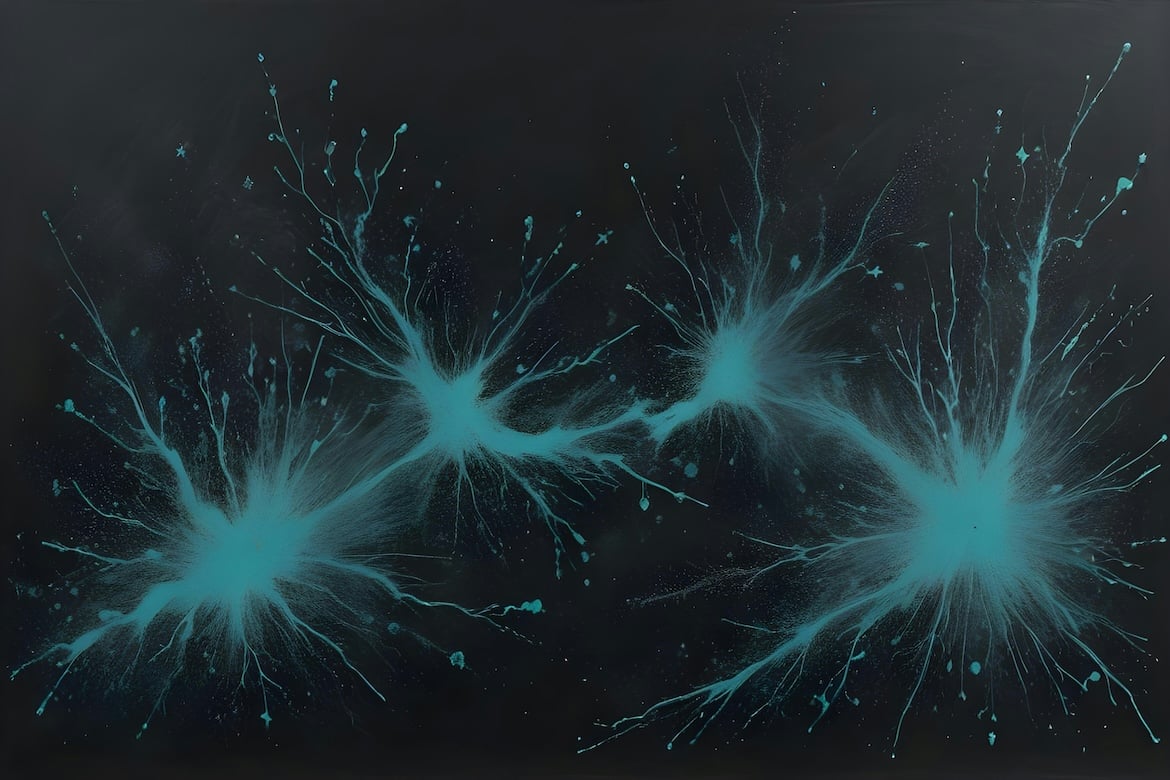This week’s list of top data news highlights covers September 27, 2025 to October 3, 2025 and includes articles on strengthening biometric login systems and using AI-guided robotics to support IVF procedures.
Researchers at UMass Amherst, a public university in Massachusetts, have built artificial neurons that work at similar voltage ranges as human brain cells. The neurons are made using tiny conductive strands—called protein nanowires—naturally produced by a bacterium named Geobacter sulfurreducens. These wires allow the circuits to fire in a way that closely mimics how real neurons send signals, but with far less energy than electronics. The breakthrough could lead to new low-power technologies for medical sensing, drug testing, or eventually brain-inspired computers.
Thinking Machines Lab, an AI startup based in San Francisco, has launched Tinker, a tool for fine-tuning large language models. Tinker uses a technique called low-rank adaptation to update only the most relevant parts of a model. This innovation makes it easier and cheaper for developers to create specialized versions of AI models.
3. Tracking Groceries with Sensors
Walmart has started attaching smart sensors to 90 million grocery pallets to create real-time visibility across its supply chain, especially for perishable goods. The sensors, developed by tech company Wiliot, monitor location, temperature, and handling as shipments move from warehouses to stores. This data feeds into Walmart’s AI systems, which help predict when items need restocking, flag spoiled goods, and optimize delivery routes and help reduce waste, cut costs, and automate everyday logistics.
4. Securing Logins with Biometrics
UK-based startup FarX has developed an identity verification tool that combines voice and facial recognition with AI to protect against identity theft and deepfakes. Users log in by speaking and looking into a camera, while the AI analyzes how they sound and move to confirm who they are. The system improves with each use, making it increasingly difficult for deepfakes or imposters to get through. FarX is also training the software to detect emotional cues like frustration or calm which could help make automated customer support more responsive.
5. Creating Cosmic Maps
Researchers at the University of Oxford and University of Surrey are using data from the Euclid satellite to unlock some of cosmology’s biggest mysteries. Euclid is capturing wide-field images of billions, and the UK teams have already used the data to generate early 3D maps of cosmic structure and refine measurements of how galaxies are moving through space. These insights are helping researchers narrow the possible explanations for dark energy and assess how matter has clustered over time.
South West Water, a UK utility company, is using AI to prevent sewer overflows by spotting blockages early. The system analyzes data from 12,000 sensors that monitor rising water levels, and uses machine vision to scan CCTV footage of pipes for defects. The approach has already helped prevent around 200 pollution incidents and is part of a broader push to improve the utility’s environmental performance.
Syngenta Vegetable Seeds, a Swiss seed producer, has partnered with U.S. biotech company Heritable Agriculture to use AI to match seeds to the best growing conditions worldwide. By analyzing Syngenta’s global crop trial data alongside weather, soil, and environmental factors, Heritable’s models predict how specific vegetable varieties will perform down to a 10-meter resolution. The goal is to help farmers choose better seeds for their region, improving crop yields and food security amid climate uncertainty.
Conceivable Life Sciences, a fertility startup based in New York, has developed Aura, an AI-guided robotic system designed to support embryologists during key stages of in vitro fertilization. The platform uses computer vision to assess eggs and embryos, robotic tools to assist with delicate lab procedures, and predictive algorithms to guide clinical decisions. By standardizing some of the most variable parts of the process, Aura aims to reduce human error, improve consistency, and make IVF more affordable and accessible.
Equinom, an Israeli food-tech company, has built an AI tool that helps millers and bakers predict how flour will perform before it’s even milled. The system shines light on wheat kernels to capture internal data, then uses machine learning to predict traits like dough strength or how well a loaf will rise. This lets users go beyond basic protein content and instead match wheat to its real baking potential, cutting waste, saving money, and keeping quality more consistent.
10. Making Self-Monitoring Roads
Researchers in Germany have created a smart fabric that helps roads monitor their own condition. Made from flax and woven with tiny conductive wires, the fabric is laid directly into the base layer of asphalt. As cars and trucks drive over it, any strain or stress in the road changes the fabric’s electrical resistance. These changes are recorded and sent to a nearby unit, which uses AI to analyze the data and detect hidden damage like cracks or weakening over time. This alerts planners to problems before they become serious, avoiding expensive and disruptive repairs.

